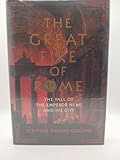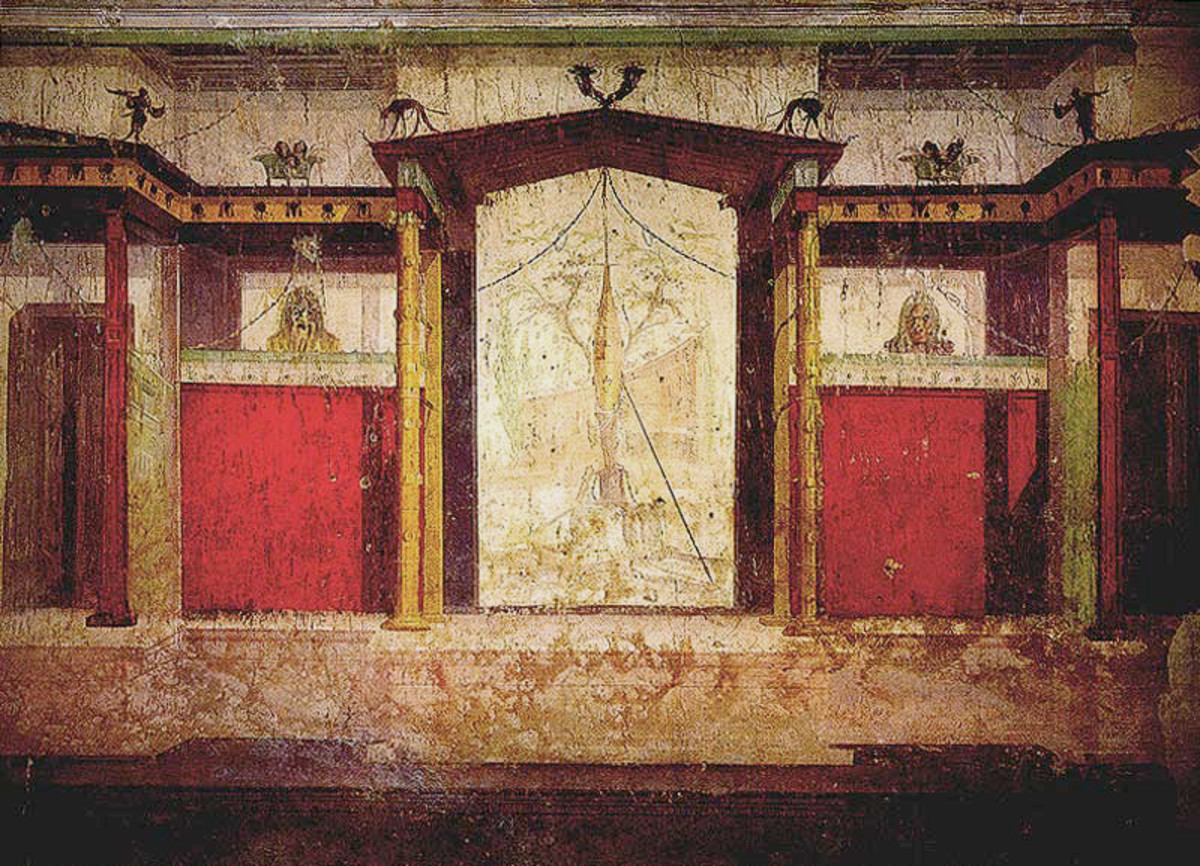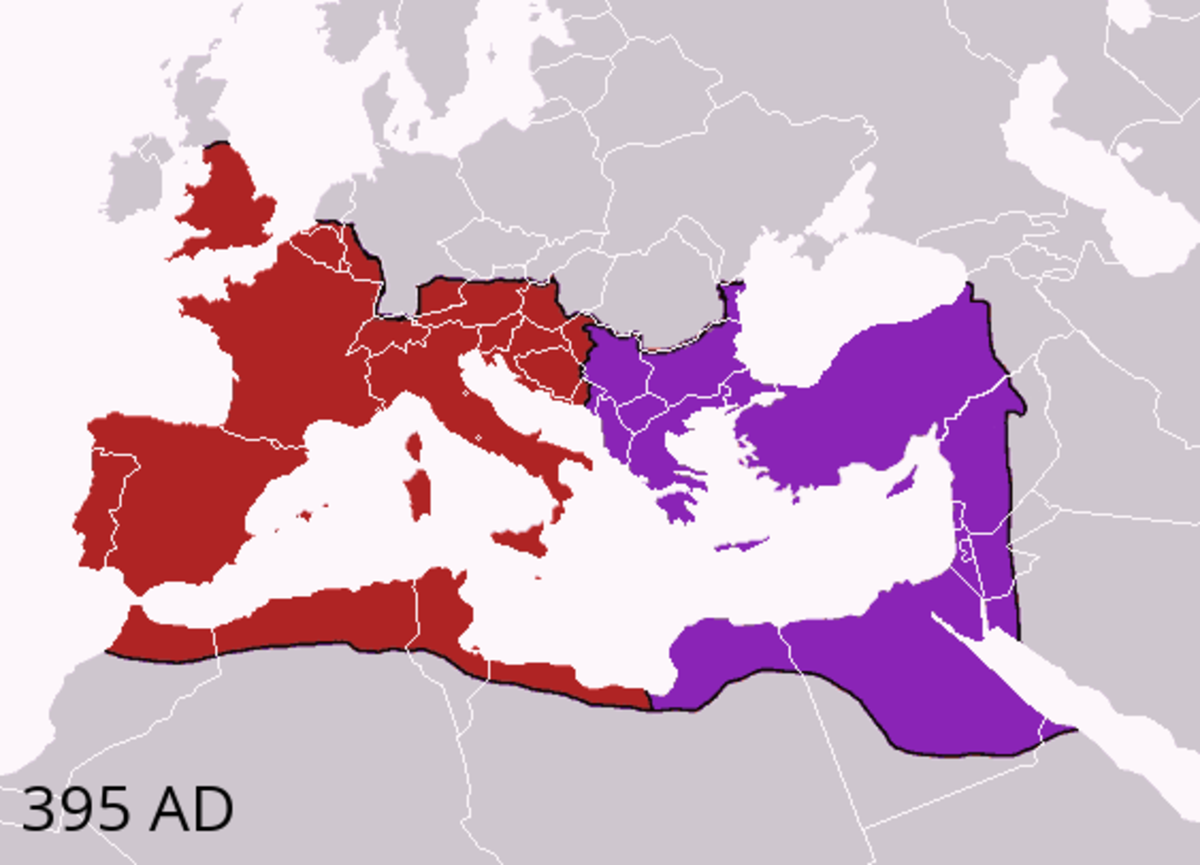Roman Myth Busting

Facts About the Roman Empire that Simply Arn't True
The age of the Roman Empire is generally accepted to be from approximately 27 BCE to 476 CE. During this time it encompassed much of the known world at the time.
So much is known about this time period, but how much of what we "know" is based on urban legend, myths, misconceptions, or just plain lies, and how much is true?
Nero The Mad Emperor Who Fiddled As Rome Burnt
The story of Nero playing the fiddle as rome burns down is definately one of histories most enduring myths. The image of the mad emperor playing the fiddle as his capital burnt down is a great powerful image illustrating the evils of despots. The only problem is it didn't happen.
Rome did burn down during Nero's reign but Nero did not play the fiddle as Rome burnt. Primarily because the fiddle didn't exist, but nor did he play the lyre or any other instrument. Nero Claudius Caesar Augustus Germanicus was the fifth emperor of the Roman Empire, he was not a nice man by any means, there is some evidence that he may have started the fire that burnt down Rome in order to make room for his new palace, but there is zero evidence that he played music while the fire burned.
Most extant sources actually state that Nero was among the first responders helping fight the fire. This doesn't fit with the mad emperor image we are supposed to believe. There is even some evidence that the palace he built after the fire was not an example of his blind lust for power and land in rome, but rather a make work project to employ the people, and with the design of the palace to have so many fountains, it could actually act as a way to fight such deadly fires in the future. Water was pumped up to Nero's palace and pipes lead all throughout the city in which the water could be drained from the pools into the city to help stop the spread of any future fires. As well during the days after the fire Nero opened his palace doors to the victims to help with the relief effort.
The rumours of Mad Emperor Nero fiddling as the fires spread (or playing the lyre) were spread by his political enemies. It was nothing more than propaganda to get the people to rise up against Nero, an attempt which failed.
Roman's Sure Loved White Marble
Roman statues are almost always stark white, and their buildings are the same. Beautiful unadorned white marble as far as they eye could see, that was Rome during the Roman Empire right?
There is actually considerable evidence that the romans loved colour. The statues were originally painted, as were the buildings. Not only that they were also anatomically correct. The Victorians were the main culprits behind the alterations, although to be fair in some cases the paint just wore off over time. For some reason the victorians fell in love with everything greco-roman, but their "modern sensibilities" made them make slight adjustments, instead of garish colours sandblast it and bring it back to natural marble, instead of anatomically correct statues, well blast the nasty bits off so as to not frighten the children (because a statue with body part hacked off is so much less frightening to a child.
Toga! Toga! Toga! Toga! - Give it a rest already, this isn't a toga party!
Everyone knows the standard outfit of a Roman Citizen, the toga. But did you know this wasn't actually the case?
While true only roman citizens could wear a toga, but it was the roman equivalent to a tuxedo, only used for official functions and the formal gatherings. Generally people didn't wear toga's on a day to day basis except for senators and high ranking officials. Roman soldiers were not permitted to wear togas either.
Women didn't wear toga's at all, except for prostitutes, who had to.
The Vomitorium
For a long time now rumours of the roman vomitorium have been abound. Apparently these were rooms in which romans would vomit in during a feast so they could continue feasting. Let me assure you Vomitoriums did exist, and they were used frequently, the problem is we still use Vomitoriums today, we just don't realize that's what they are called. Every stadium in the world has a vomitorium, if you've ever been to one you've used the stadiums vomitorium.
A vomitorium is simply the roman latin word for the entrance into the seating area of a stadium. Those tunnels that lead under the seats into the seating area, those are vomitoriums. The confusion comes in the translation, the exact translation of a vomitorium is a room in which to spew forth, so you can see where the myth of the room to throw up in came from, not to mention the vomitorium even sounds like a room to throw up in. However spew forth was meant to describe how people squeeze through the tunnels out or into the theatre, they spewed forth, so the thing being spewed is not in fact vomit but rather us!
Enjoy your next trip to the vomitorium.
© 2013 Jeff Johnston










